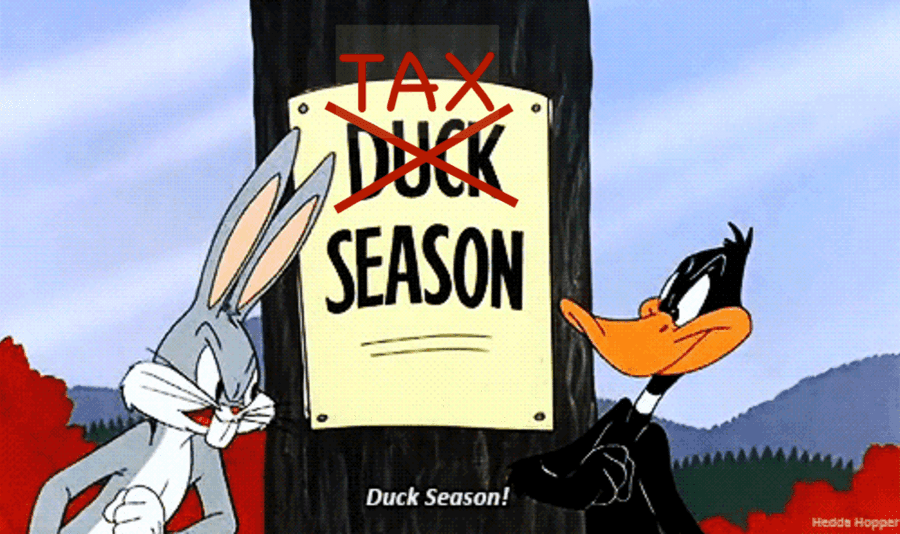Hack Your RRSP Tax Refund

Ah spring is in the air. A time when Canadians start shedding their winter layers, setting out the patio furniture, and looking forward to their tax refunds after having filed their taxes including RRSP contributions.
In today's post, I'd like to present an alternative way of looking at this, in which receiving a refund is actually not optimal from a personal finance perspective.
What's the issue with receiving a large tax refund? Well, given that you've made an RRSP contribution, that's your money the government has been holding on to for an entire year. In other words, you've effectively given the government a one year interest free loan, probably not what most people intended.
How did this happen? Well if you're an employee, your employer deducts federal taxes from your pay every pay period. They do so according to the tax rates for your income. They don't know that you may have contributed to a personal RRSP and will be entitled to a refund because the RRSP contribution reduces your taxable income (leaving aside employer sponsored group RRSP or pension plans as that's another matter not covered in this post).
Now imagine having access to that money, and being able to save or invest it throughout the year rather than waiting to receive a refund (aka your money) the following year. Well, this is totally possible, and what I refer to as "hacking your RRSP tax refund". Here's how it works:
After filing taxes, you'll receive a Notice of Assessment that indicates how much RRSP contribution room you have for the current year. Now suppose you're a prolific saver and have some of this amount ready to contribute right now. You can make a lump sum contribution right away, for example, by transferring some funds from a taxable savings account to an RRSP account. Then login to the financial institution where you made the contribution and get a statement showing the amount of the contribution. Make a printout of this statement.
Next download a T1213 form from the Canada Revenue Agency (CRA) website. This form is a request to reduce tax deductions at source, "source" here means your employer. Fill out the form, print and sign it, then mail it to the CRA (mailing address is listed on the form). Include the printout of the statement of contribution from your financial institution. Yes this process relies on snail mail for now, hopefully one day it could be done online. Essentially what you're saying to the CRA is: "Look, I've just made a lump sum RRSP contribution, here's the proof, could you please tell my employer to reduce the tax deductions on my payroll".
Now wait a few months, eventually, the CRA will mail back a letter with instructions for the payroll department at your employer to calculate the reduced federal tax amount for your pay. Give a copy of this letter to the payroll department at your workplace. Keep the original for your records.
Then starting from the next pay period after payroll has applied the change, the federal tax deductions on your paystub will be reduced accordingly. The reduction on each pay will be roughly equal to the tax refund you would have gotten next year, divided by the number of remaining pay periods in the current year. It will feel like getting a raise.
Hurray, you made it! You're now getting the tax refund, through your pay, by getting to keep more of your hard earned money throughout the year.
Caveats
The total contribution room listed in the Notice of Assessment also includes contributions to an employer sponsored group RRSP or pension plan, including employer matches. If you participate in such programs, make sure to subtract off the estimated amount of this throughout the year. Then make sure that together with the lump sum contribution is not greater than the allowed contribution room as listed in the Notice of Assessment. Otherwise this may incur a fine from over contributing.
This strategy works best for those who have the discipline to take that reduced federal tax amount, and either save or invest it. For those who will be tempted to spend it on needless items, this may result in hedonic adaptation. In other words, getting used to higher spending, but then not having another lump sum to repeat the process next year, then will feel like a lifestyle deflation when faced with the regular tax amount next year.
Disclaimer
Have to include an obligatory disclaimer here: The above post is for informational and educational purposes only and should not be considered legal or financial advice. If you need specific tax or other financial advice please consult with a qualified/certified professional such as a CPA, CFP, etc.



